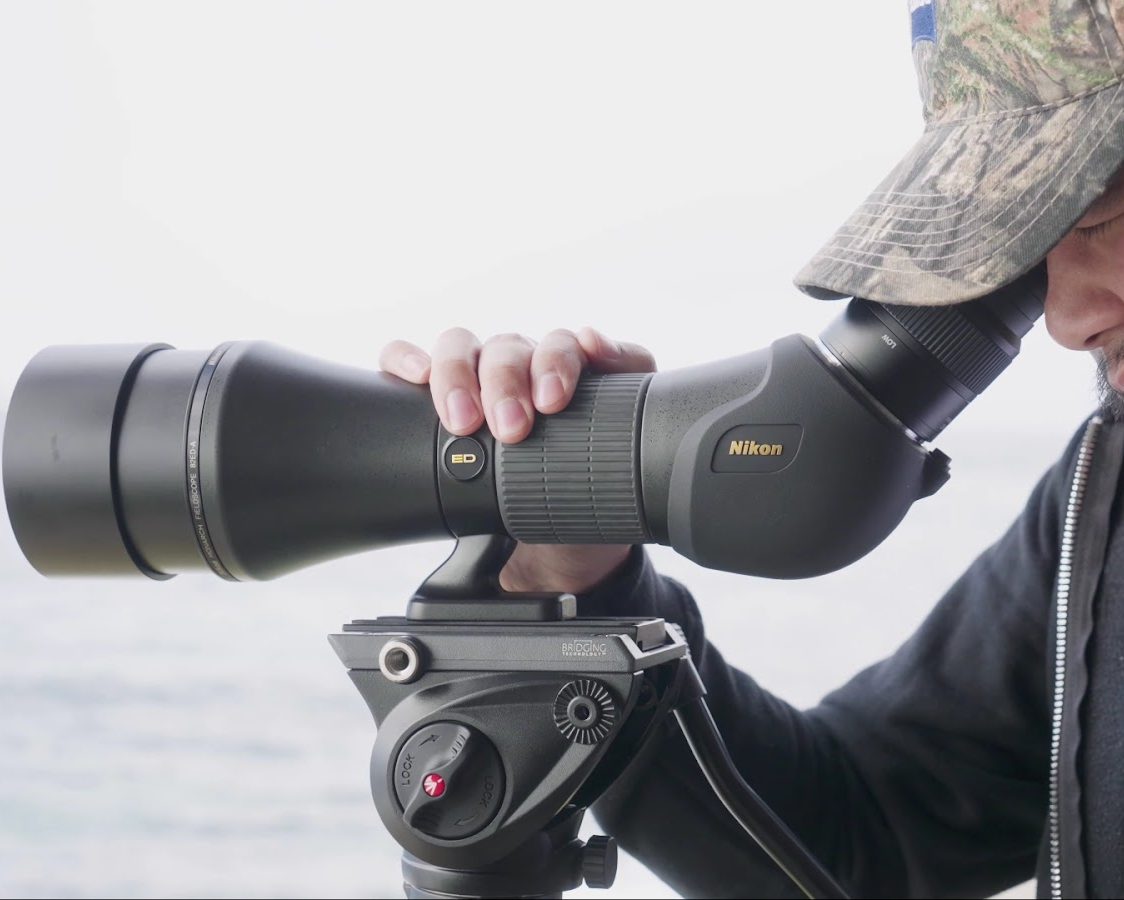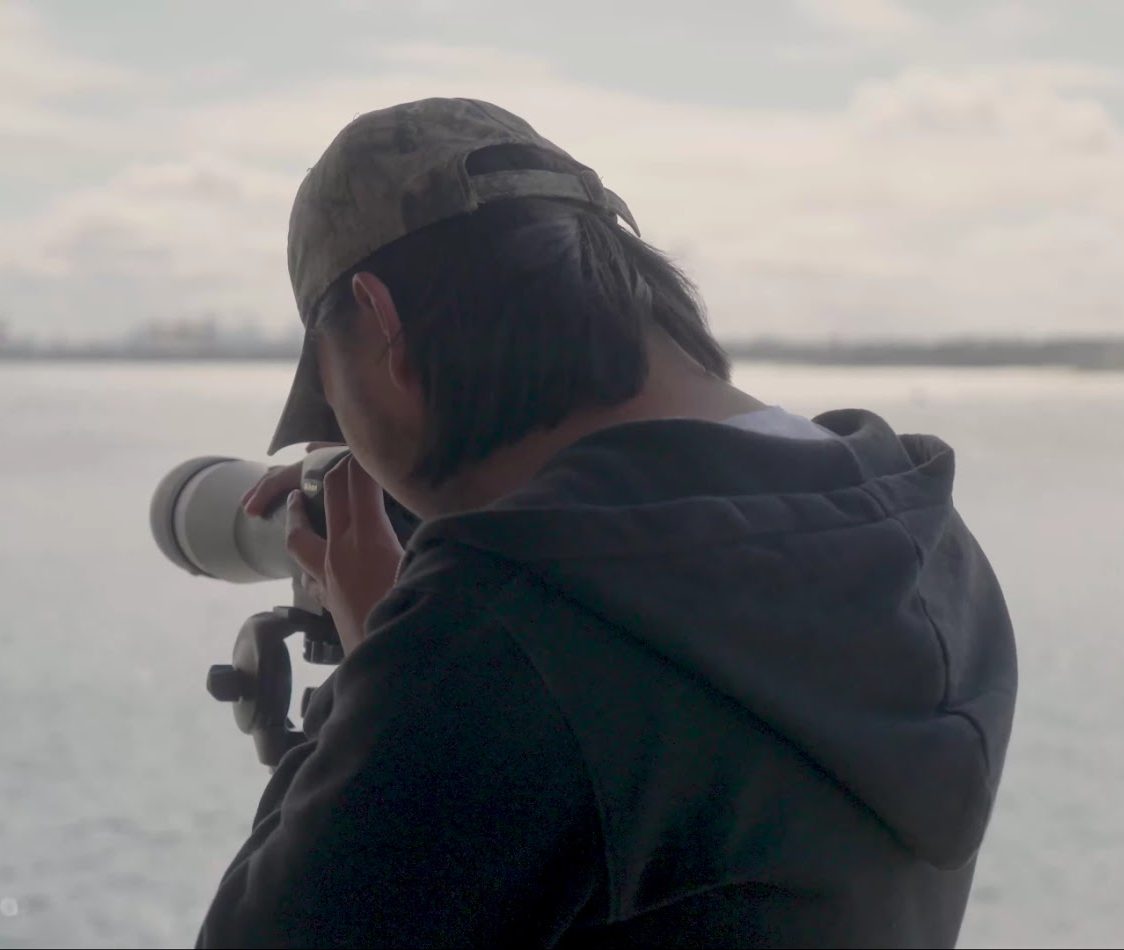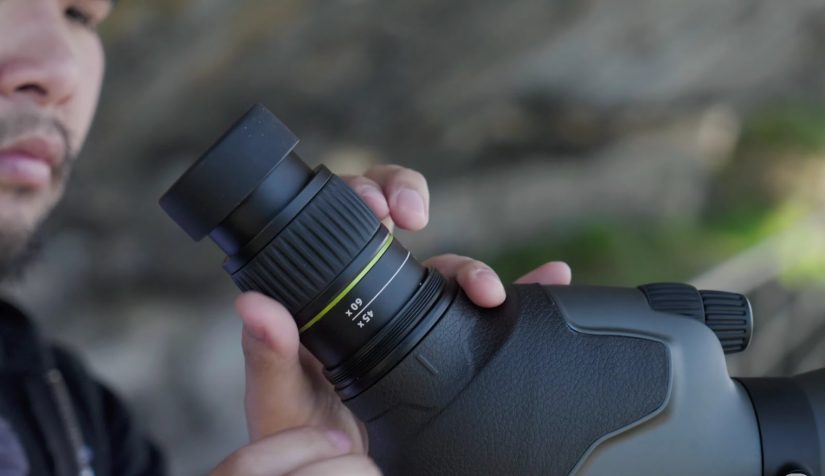Selecting the ideal budget spotting scope for whale watching in Hawaii can be challenging, especially when balancing cost and quality. This guide provides practical tips to help you make an informed decision, guaranteeing that you can enjoy the majestic sights of whale migrations without straining your budget.
Understand Spotting Scope Basics
Before exploring specific models, it’s crucial to gain an understanding of the fundamental characteristics and components of spotting scopes. These devices are essential for activities like whale watching, where clarity and detail are main. Here are the core elements to evaluate when selecting a spotting scope:
- Magnification Power: Spotting scopes typically range from 15x to 60x magnification. For observing whales, which often appear at a significant distance from the shore, opting for a scope with higher magnification can be advantageous. This allows for closer views and better detail recognition;
- Objective Lens Diameter: The diameter of the objective lens is a critical factor as it influences the amount of light that enters the scope. Measured in millimeters, a larger objective lens diameter results in a brighter, clearer image, which is especially beneficial during low light conditions at dawn or dusk;
- Glass Quality: The quality of the glass used in the lens impacts the overall image clarity. High-quality glass reduces chromatic aberration and ensures that the images produced are sharp and free from distortions.
Additional Considerations for Spotting Scope Selection
In addition to the primary features listed above, here are some further aspects to consider when choosing a spotting scope for whale watching:
- Eyepiece Configuration: Some scopes come with fixed eyepieces while others offer interchangeable ones. For flexibility and varying viewing conditions, scopes with interchangeable eyepieces might be preferable;
- Weather Resistance: Given that whale watching can often involve exposure to various weather conditions, look for scopes that are waterproof and fog-proof. This ensures durability and consistent performance regardless of environmental factors;
- Field of View: The field of view is the area visible through the scope at 1000 yards. A wider field of view is beneficial for tracking moving subjects like whales, as it allows for easier monitoring of their movements;
- Portability and Tripod Compatibility: Considering the potentially remote locations for whale watching, a lightweight scope that is easy to carry and compatible with tripods is ideal. This enhances stability for prolonged viewing periods;
- Discover the list of best budget spotting scope options for an unforgettable whale watching experience in Hawaii!
Angled vs. Straight Body Designs
Choosing between a straight body and an angled body spotting scope largely depends on the observer’s preferred usage scenario and comfort requirements. Each type offers distinct advantages suited for different observing conditions and user preferences.

Angled Body Spotting Scope
Angled body scopes are designed with ergonomics in mind, making them particularly suitable for extended observation sessions where comfort is essential. Here are some of the key advantages and use cases for angled body scopes:
- Ergonomic Design: The eyepiece of an angled scope is typically positioned at a 45-degree angle, which allows for a more comfortable viewing position, especially when observing objects in the sky or treetop;
- Versatility in Positioning: These scopes feature a rotating collar that enables the observer to adjust the eyepiece’s orientation. This is particularly useful when sharing the scope with others of varying heights, as it can be easily adjusted without needing to alter the tripod height significantly;
- Ideal for Varied Terrains: Whether you’re perched on a hillside or stationed in a hide, angled scopes can be beneficial. Their design allows them to be mounted on shorter, more stable tripods, which is advantageous in windy conditions;
- Recommended Uses: Angled body scopes are excellent for bird watching and other wildlife observations where subjects are likely to be located in high positions.
Straight Body Spotting Scope
Straight body scopes, by contrast, are straightforward and intuitive to use, making them a favorite among beginners and those who need to quickly locate and track moving objects.
- Direct Line of Sight: A straight scope aligns directly with the observer’s line of sight, making it easier to track moving targets such as wildlife on the ground or ships at sea;
- Advantageous for High Viewing Points: If you’re observing from a higher vantage point, such as a mountain or a tall building, a straight body scope allows you to comfortably look downwards without the need to reposition the scope extensively;
- Speed and Simplicity: For activities like hunting or observing fast-moving sports where quick spotting is crucial, the straightforward alignment of a straight scope is beneficial;
- Considerations for Comfort: While straight scopes are excellent for quick observations and tracking, they may require a taller tripod and can be less comfortable during long-duration use, as they necessitate bending or squatting to align one’s sight with the target.
Weatherproof Capabilities
Given Hawaii’s capricious weather, a spotting scope equipped with strong weatherproof features is crucial for an uninterrupted whale watching adventure. A model that boasts waterproof and fog-proof capabilities will shield the delicate internal mechanics from the elements. Waterproofing guarantees that sudden rainfalls won’t permeate the scope, while fog-proofing prevents the lenses from clouding over during rapid temperature shifts—a common occurrence along the Hawaiian coast.
Key Weatherproof Characteristics to Consider:
- Waterproof Rating: Look for scopes rated at least IPX7 to ensure protection against heavy rain;
- Fog-proof Technology: Opt for scopes with nitrogen or argon purging to prevent internal fogging;
- Durable Build: Ensure the scope’s exterior is rugged enough to withstand harsh marine environments.
Investing in a scope with these features not only improves visibility in diverse conditions but also prolongs the life of the equipment, making it a valuable tool for nature enthusiasts.
Focusing on User-Friendliness
Spotting scope that is straightforward to use can significantly improve the whale watching experience. Key features that improve usability include a smoothly operating focus wheel and a reliable tripod mount, both of which facilitate quick adjustments and steady viewing. A user-friendly scope allows observers to effortlessly track the majestic movements of whales.

Features to Enhance Ease of Use:
- Smooth Focus Wheel: Allows for precise adjustments quickly and easily;
- Stable Tripod Mount: A solid mount is essential for reducing shake and achieving clear, stable views;
- Intuitive Design: Controls should be easily accessible and simple to operate, even for beginners.
For beginners, it might also be beneficial to choose a spotting scope that comes with a clearly written manual or quick-start guide. Some models also offer companion apps or online tutorials which can be extremely helpful in quickly mastering the device’s use.
Assessing Reviews and Expert Opinions
Before purchasing a spotting scope, especially with budget constraints, thoroughly examining reviews and expert opinions is crucial. Online platforms such as Amazon and OpticsPlanet, along with specialized outdoor forums, are invaluable resources. These sites offer a plethora of user reviews that shed light on the performance of various scopes under real conditions. Pay particular attention to reviews from individuals who have used these scopes for whale watching or similar wildlife observation activities. Here are some tips for effectively utilizing reviews:
- Filter Reviews: Look for reviews that specifically mention the context in which you plan to use the scope, like marine wildlife observation;
- Quality over Quantity: Prioritize detailed reviews that discuss specifics, such as clarity, durability, and ease of use, over a sheer number of reviews;
- Expert Forums: Engage in forums dedicated to birdwatching and marine observation; experienced users often share detailed insights and comparisons that are not available on commercial sites.
Prioritizing Portability
The logistical aspect of transporting your spotting scope across various viewing locations in the Hawaiian Islands cannot be overlooked. When selecting a scope, consider its weight and size—key factors that will affect its portability. A compact, lightweight model is highly recommended for those who anticipate frequent moves between different observation points. Here are considerations to keep in mind:
- Travel-Friendly Design: Opt for scopes that are designed for travel, possibly with features like a collapsible tripod or a detachable eyepiece;
- Case and Protection: Ensure the scope comes with a durable, protective case that makes transportation easier and safer;
- Ease of Setup: Choose a scope that can be quickly and easily set up and adjusted, which is particularly useful when you’re moving between locations.
Maximizing Your Investment
Setting a clear budget before starting your search for the perfect spotting scope is essential. Aim to find the best combination of features within your price range. Often, slightly older models provide the most bang for your buck, offering features comparable to the newest models but at a fraction of the cost. Here’s how to guarantee you make the most of your budget:
- Seasonal Shopping: Look for sales and discounts, especially during off-peak seasons when demand for outdoor equipment is lower;
- Compare Prices: Use price comparison tools and websites to find the best deals available across multiple platforms;
- Check for Bundles: Some retailers offer bundles that include accessories like tripods, cases, or lenses at a lower combined price, which can provide additional savings.
By paying close attention to these areas, you can make a well-informed decision that improves your whale watching experience without breaking the bank.
Conclusion
Finding a budget-friendly spotting scope that doesn’t compromise on quality is key to improving your whale watching experience in Hawaii. By focusing on essential features and considering user reviews, you can select a scope that offers clear, detailed views of these magnificent creatures. With the right choice, you’ll be equipped to capture every breathtaking moment of whale activity, making your Hawaiian adventure truly unforgettable.
